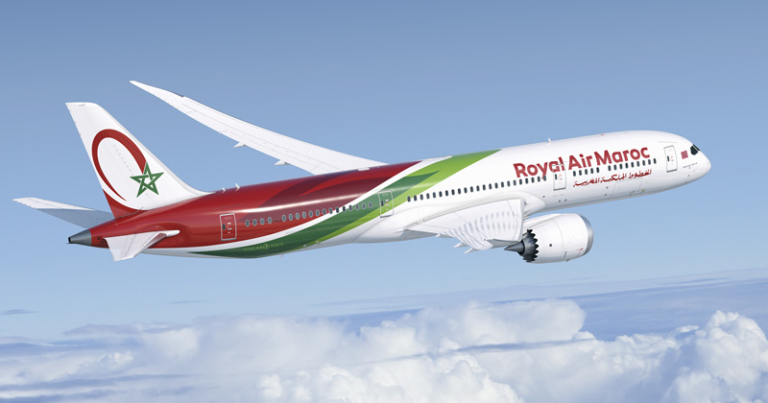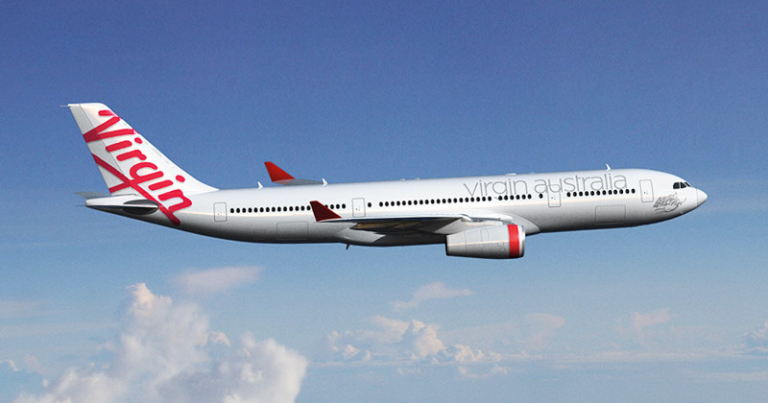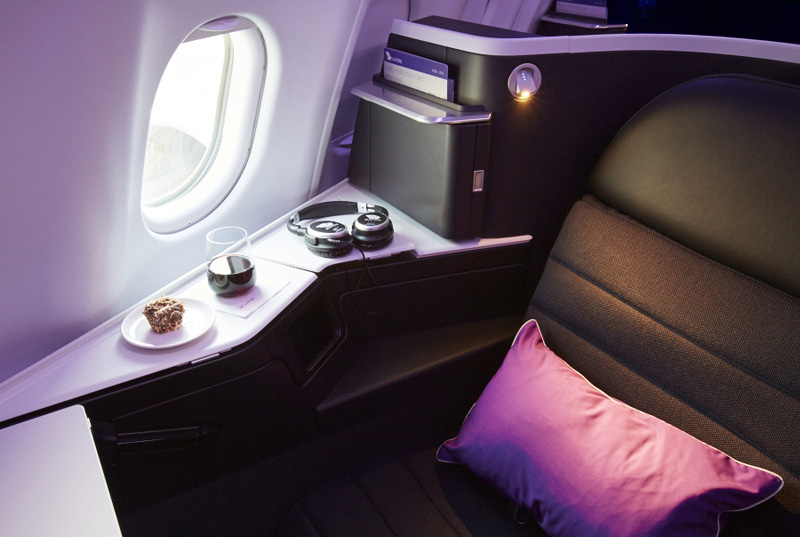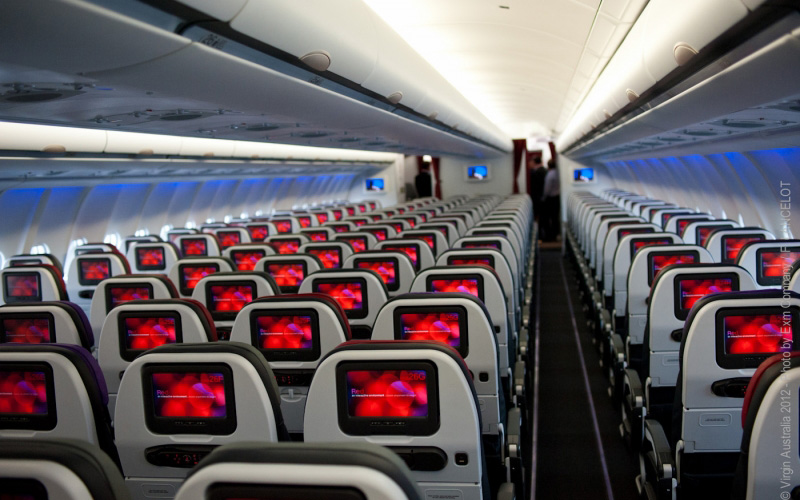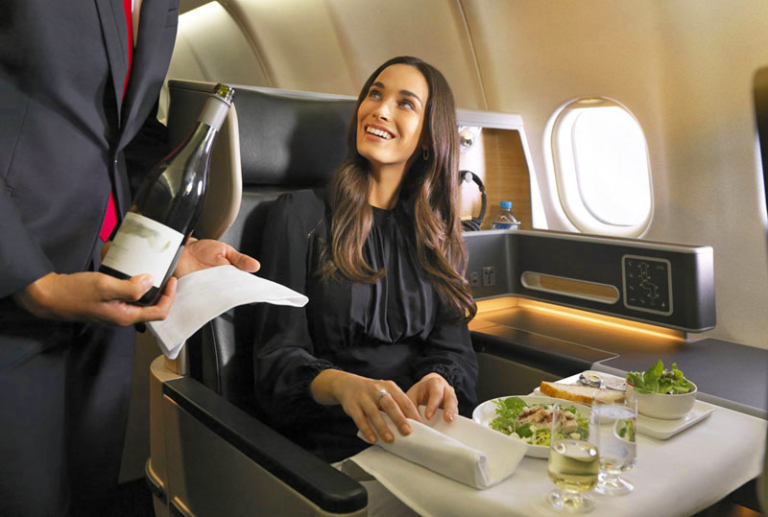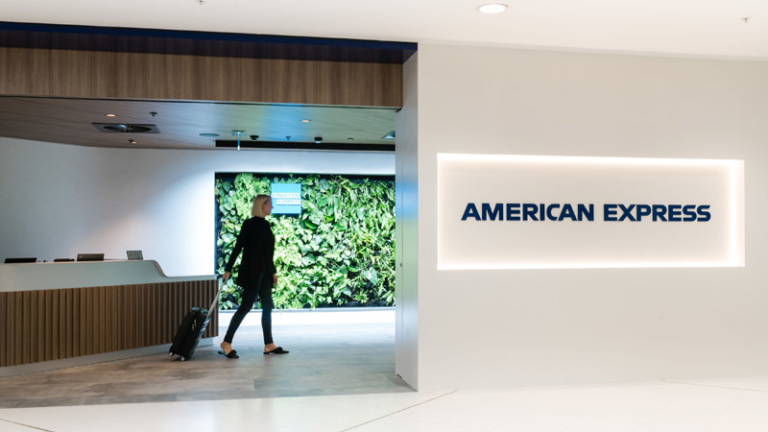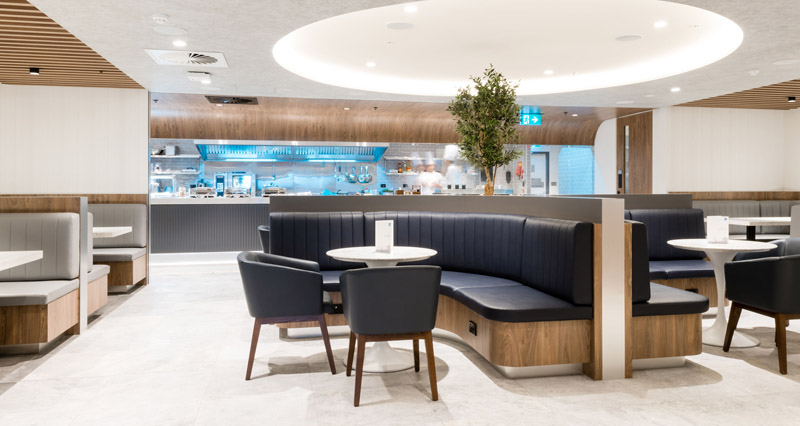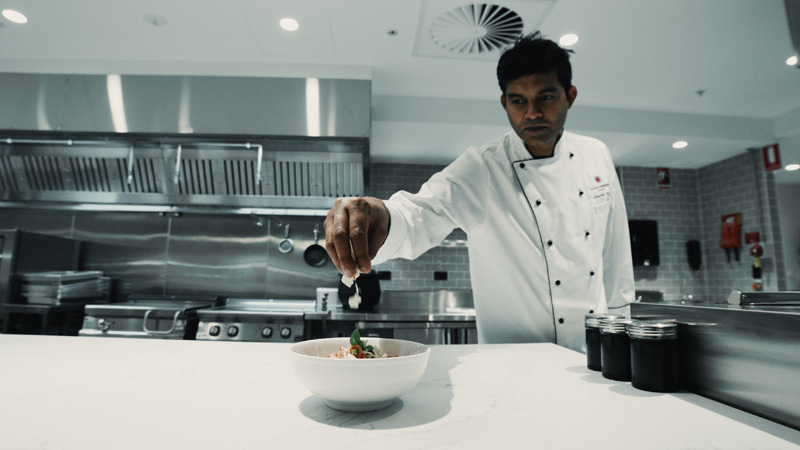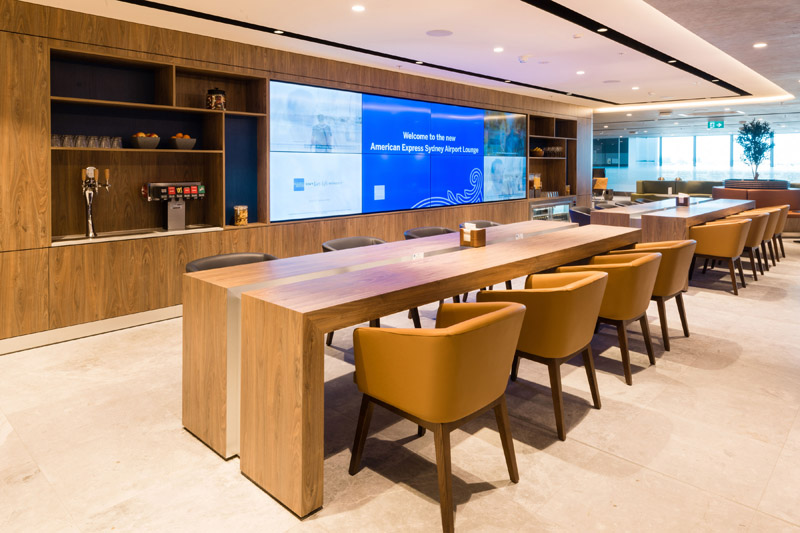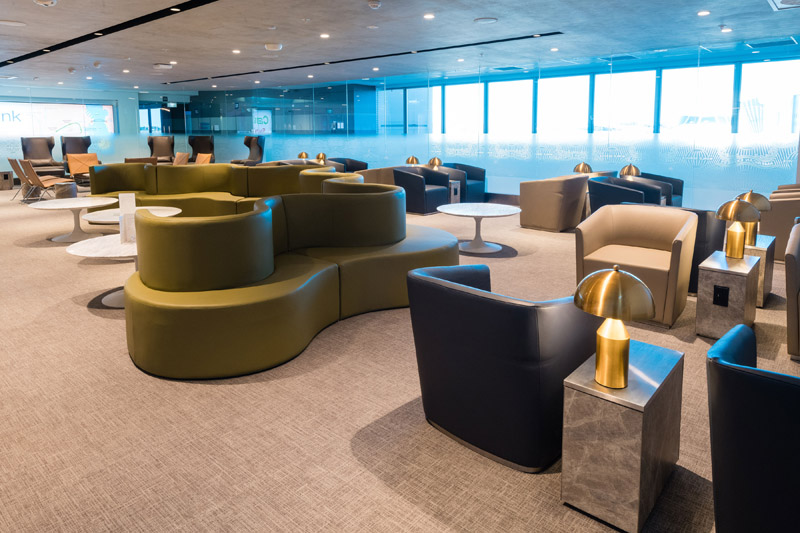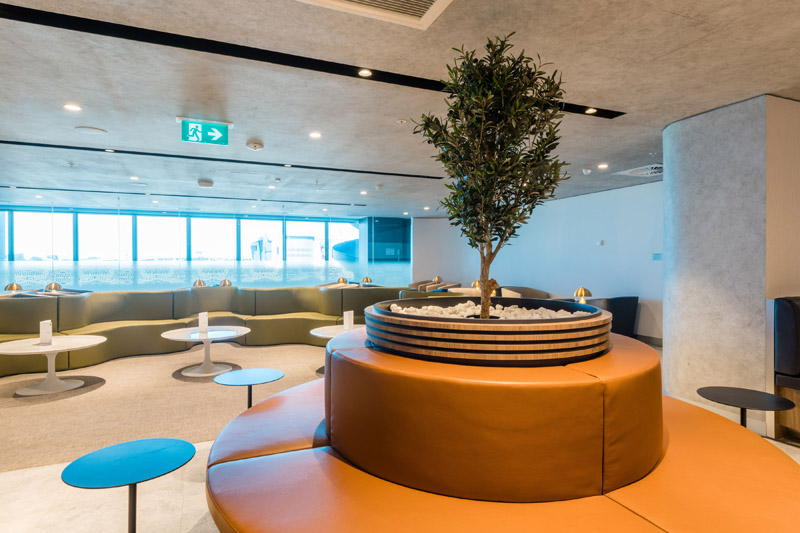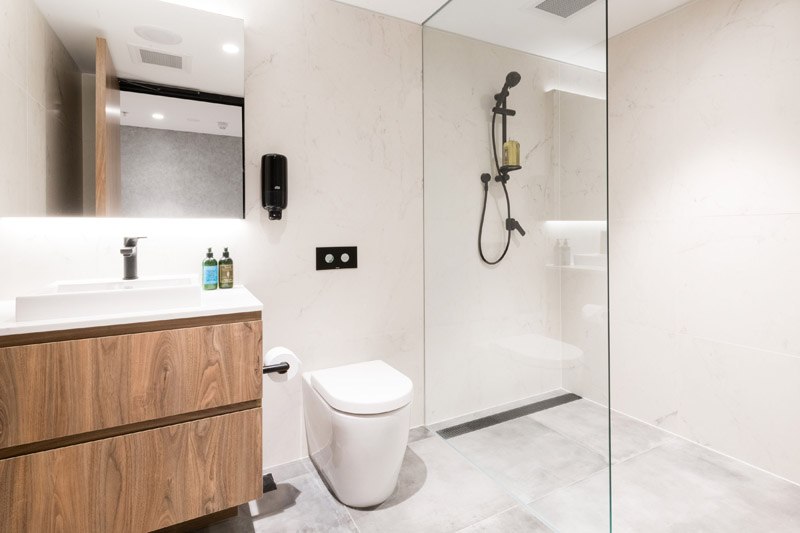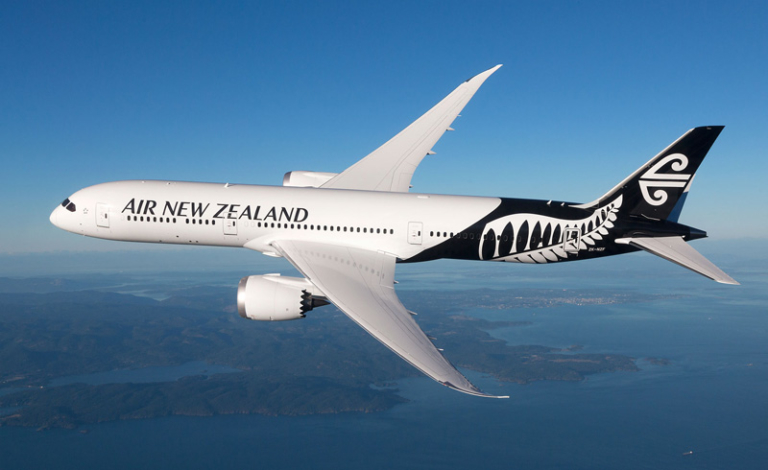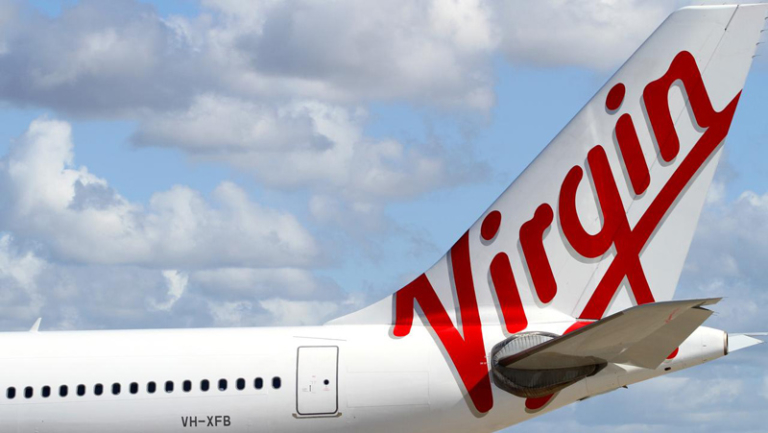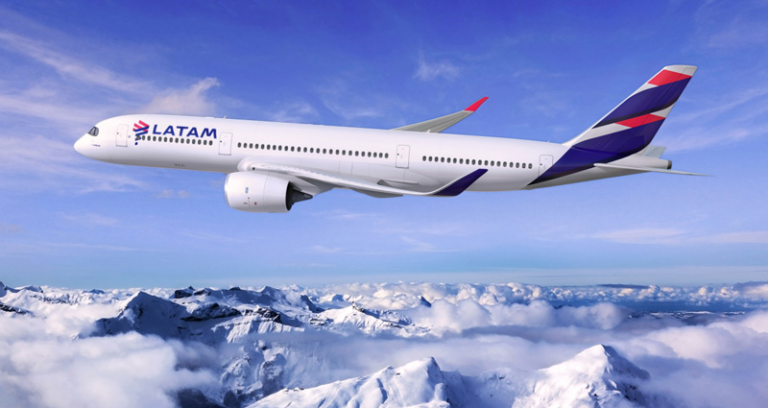The Moroccan airline Royal Air Maroc (RAM) will officially join the oneworld alliance on 1 April 2020, becoming oneworld’s first full member in the African continent.
It’s been over a year since we first learned that the airline intended to join the alliance, so this is welcome news for oneworld customers, including Qantas Frequent Flyers.
RAM’s regional subsidiary Royal Air Maroc Express will also join as a oneworld affiliate member from 1 April.
RAM connects its base in Casablanca with over 100 destinations in more than 50 countries over six regions – Africa, Asia, Europe, Middle East, North America and South America. These include oneworld hubs at Amman, Doha, London Heathrow, Madrid, Miami, Moscow Domodedovo and New York John F Kennedy.
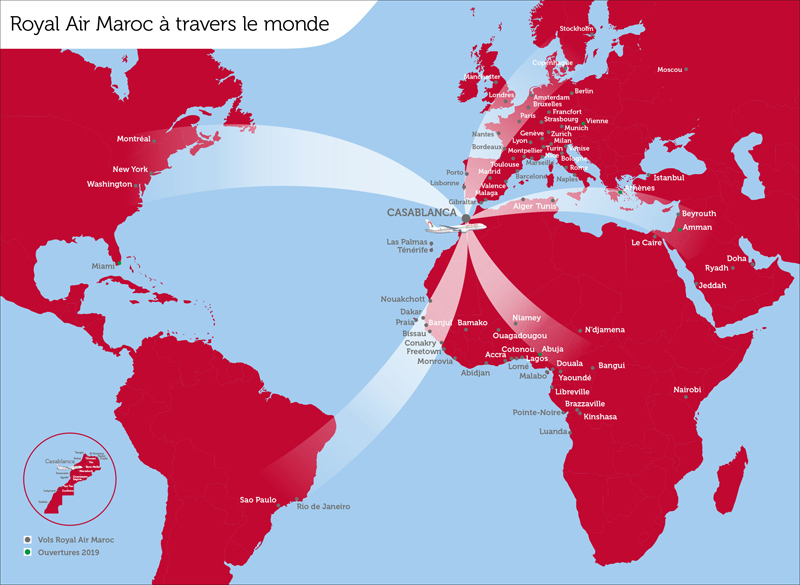
RAM will add 39 new destinations in 23 countries to the existing oneworld network.
Effective 1 April, oneworld frequent flyers will enjoy the full range of benefits and services when travelling with RAM. Qantas Frequent Flyer members will be able to earn and redeem points on RAM flights. Travellers in premium cabins and top tier status holders will also have access to the airline’s lounges no matter which oneworld airline they are flying with or their class of travel.
RAM’s fleet mostly comprises Boeing 737s on short to medium-haul routes, and Boeing 787s on longhaul services. Its regional affiliate Royal Air Maroc Express operates five ATR 72s.
The airline offers a two-class Business and Economy product on most routes, with business class in a 1-2-1 layout on 787-9s and a 2-2-2 layout on the smaller 787-8s. On 737s, business class has a 2-2 layout.
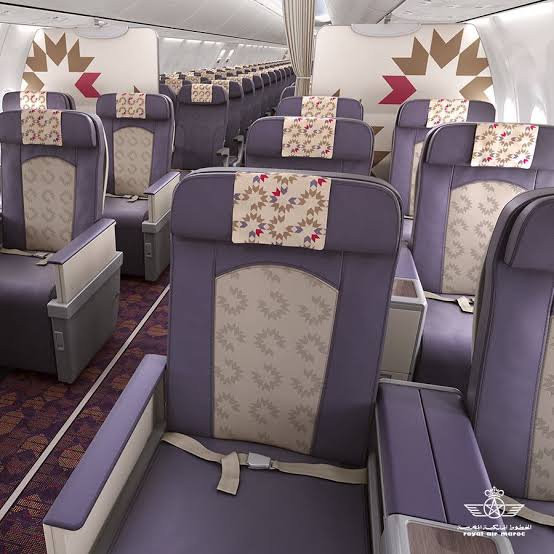
Royal Air Maroc 737 business class
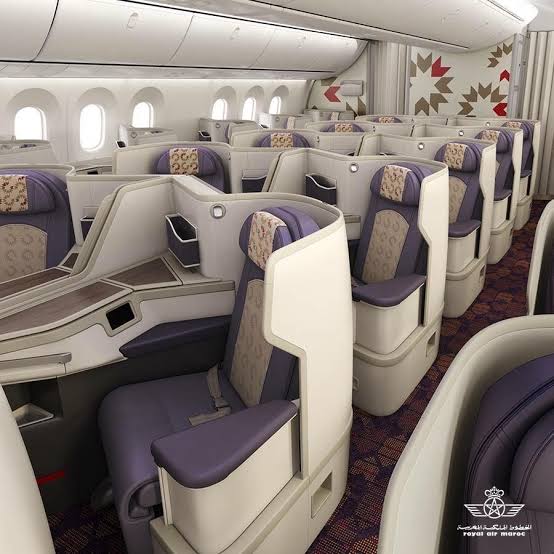
Royal Air Maroc 787-9 business class
Economy seats are arranged in a 3-3-3 layout on the 787s while on the 737s the layout is 3-3.
Qantas Frequent Flyer members should be able to earn and use points with RAM and enjoy other benefits from 1 April.
To get news like this delivered straight to your inbox, subscribe to our newsletter:

